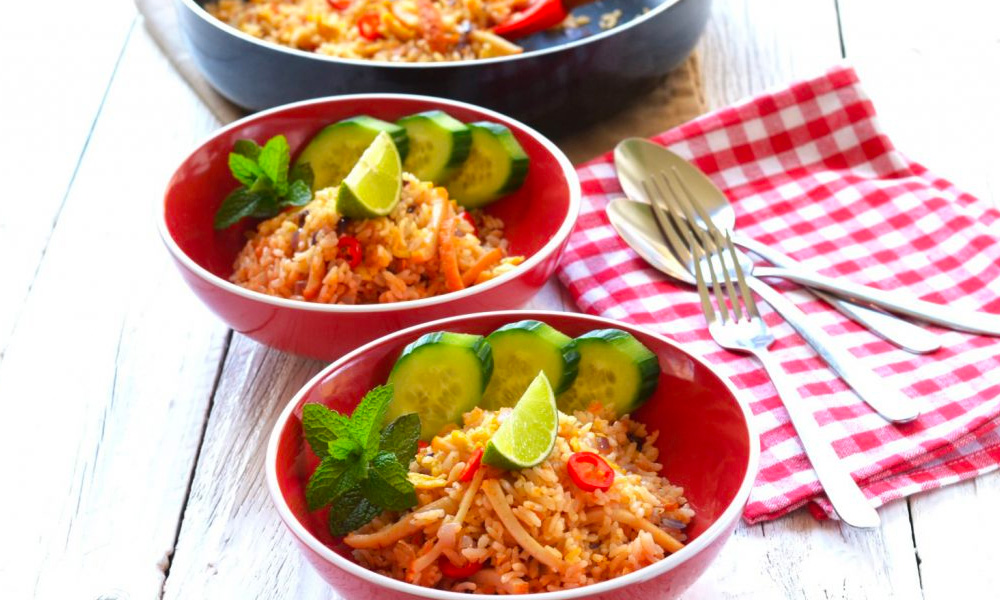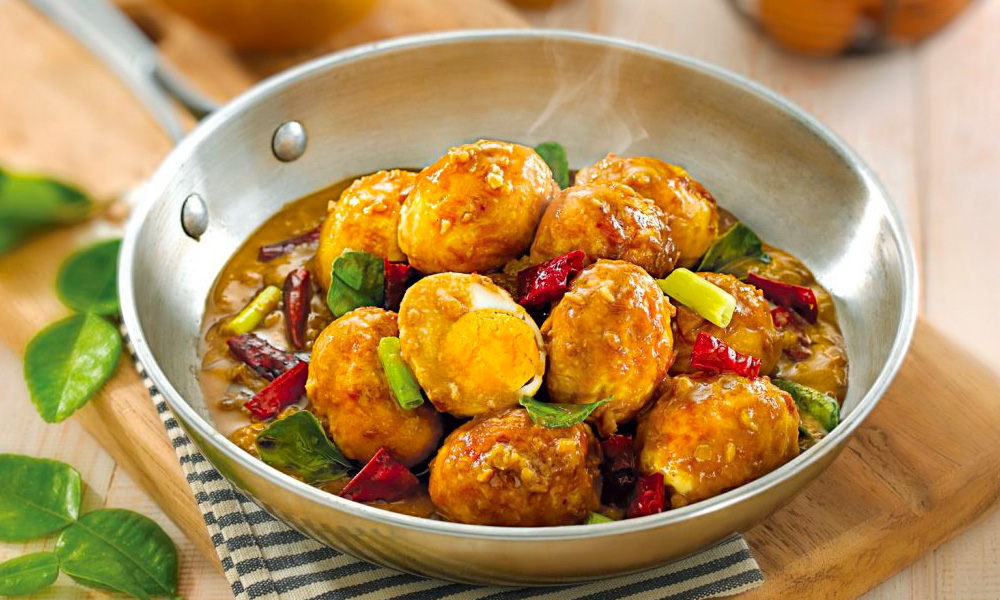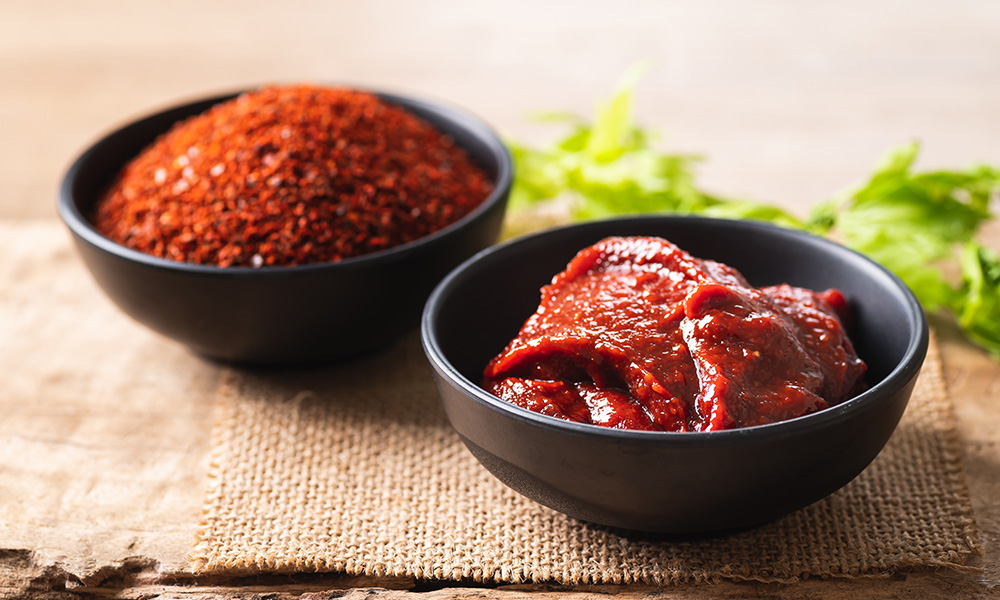Perk Up with 6 Tasteful Malaysian Drinks
Lighten your mood and rejuvenate your senses with 6 must-try Malaysian drinks!
Discover the authentic in Asian cuisine food
-940x627.jpg)
Not all Asian dishes have chilli, but pretty much all Asian cuisines feature them in different ways. Some are practically defined by the burst of chilli spiciness, balanced and tempered with other flavours, such as Korean, Thai, Malaysian, and Indonesian cuisines. For Vietnamese and Japanese cuisine, chilli is more of a complimentary zesty boost. And depending on the region, chilli in Chinese cuisine can be the core flavour-maker with other spices or just a condiment.
Fresh chilli and dried chilli are both used in various recipes, as well as chilli paste and powder. Each brings a nuanced difference in flavour, texture and taste effect.

Fresh chillies are, of course, juicer than dried. In fact, 85% of fresh chilli is made of water. You can especially taste it raw, as it gives a moist and flaming burst in every bite. But the juice isn’t what makes chilli spicy, it’s actually the pith and seeds within. In Asian cooking, you can easily adjust the chilli heat to your taste by removing or keeping the pith and seeds, while retaining the rich chilli aroma.
Fresh chilli brings an instant concentrated burst of fiery flavour and tempers to a light citrusy aftertaste. It can elevate the flavours of veggies, meat and seafood. Often used as a flavour-maker in Southeast Asian cuisines, it blends well with other herbs and spices to create a robust, complex flavour. Best enjoyed in salads like the Indonesian Gado-Gado, Southern Thai Salad with prawns and Vietnamese beef salad. In stir-fries such as Thai Spicy Drunken Noodles, Singapore Laksa Fried Rice and Chinese chives with pork mince. In grilled marinades like this awesome prawn delight and Vietnamese grilled beef roll special.
You can also deseed and dice raw fresh chilli as a garnish, add soy sauce for a table condiment to go with any dish, make the special Thai and Vietnamese dipping sauce, or a zesty fruit pickle.
Cooking with chilli can be a challenge. So come learn our practical tips to handle them without catching the spicy singe on your hands.

Dried chilli are dried whole and thus still have their pith and seeds. Instead of a burst, the spiciness of dried chilli comes as a slow-burn that lingers and builds to a heaty crescendo on your taste-buds. This is why they are considered by some to be spicier than fresh chilli. In truth, it depends on how you use them. You can soak them in water, cut and deseed to adjust the flavour. When cooked, dried chilli lends your dish an overall spicy boldness. In fact, dried chilli is among the core ingredients that give Chinese Sichuan cuisine its unique tongue-numbing flavour.
Except for salads, you can pretty much use dried chilli in similar ways as fresh chilli. However, they can absolutely elevate your soups, stews and braised dishes, better than fresh ones. Have a taste of Taiwanese beef noodles soup made with dried chilli, the spicy Indonesian egg stew, or the zesty and savoury Dongbei braised chicken with mushroom. In stir-fries, dried chilli spiciness can become a dish’s core flavour, like in the world famous Kung Pao chicken, Thai-style fried tempeh and Sichuan chilli fish. Dried chilli are also a must-have to make Thai red curry paste.
You can actually make dried chilli at home. Come check out our handy guide!

There are generally two types of chilli paste: fermented or fresh. Korean Gochujang is a great example of the former, made by fermenting chilli with soybeans. But you can also mash fresh chilli into a paste on its own, with a dash of lemon or lime juice—this is the basic Sambal, and you can use it for stir-fries, stews or a condiment on its own. Chilli pastes are basically instant taste-boosters for your dish and can give a blend of flavours besides the spicy. Many types of curry pastes use chilli as well.
Powdered chilli are often mixed with other ingredients for a more robust flavour. But for a less fiery chilli powder, Korean Gochugaru is among the best, made wholly with deseeded dried chilli. It has a vibrant red colour and moderate zesty flavour with a subtle hint of sweetness. There’s also a coarser, flakier version of Gochugaru that’s essential to make Kimchi.

Lighten your mood and rejuvenate your senses with 6 must-try Malaysian drinks!

Pair your hearty barbecues with these refreshing Asian delights!

What are the properties of ginger, and how to pick, store and use ginger in your cooking? Find out here!